- a state in southern Asia, which stretches from the Karakorum peaks in the north to Cape Kumari in the south, from the deserts of Rajasthan in the west to Bengal in the east. In the south, east and west, the country is washed by the Arabian, Laccadive and Bengal Seas and the Bay of Bengal of the Indian Ocean. India borders in the west and north-west with Pakistan, in the north the Himalayas separate the state from China and Bhutan, in the north-east - from Nepal and in the east - from Bangladesh.
The name of the country comes from the name of the Indus River, in Hindi and Urdu "Sindh" means "river".
Official name: Republic of India
Capital: Delhi
The area of the land: 3.3 million sq. km
Total population: 1.2 billion people
Administrative division: Federal republic, which includes 25 states and 7 union territories of central subordination.
Form of government: A republic with a federal state structure.
Head of State: President elected for a term of 5 years.
Population composition: 72% are Indo-Aryans, 25% are Dravids, 3% are Mongoloids.
Official language: English and Hindi, as well as 17 regional languages in different states. Among other languages, the most common are Bengali, Telugu, Tamil and some others.
Religion: 83% of the country's residents profess Hinduism, the rest - Islam, Christianity, Sikhism.
Internet domain: .in
Mains voltage: ~ 230 V, 50 Hz
Country dialing code: +91
Country barcode: 890
Climate
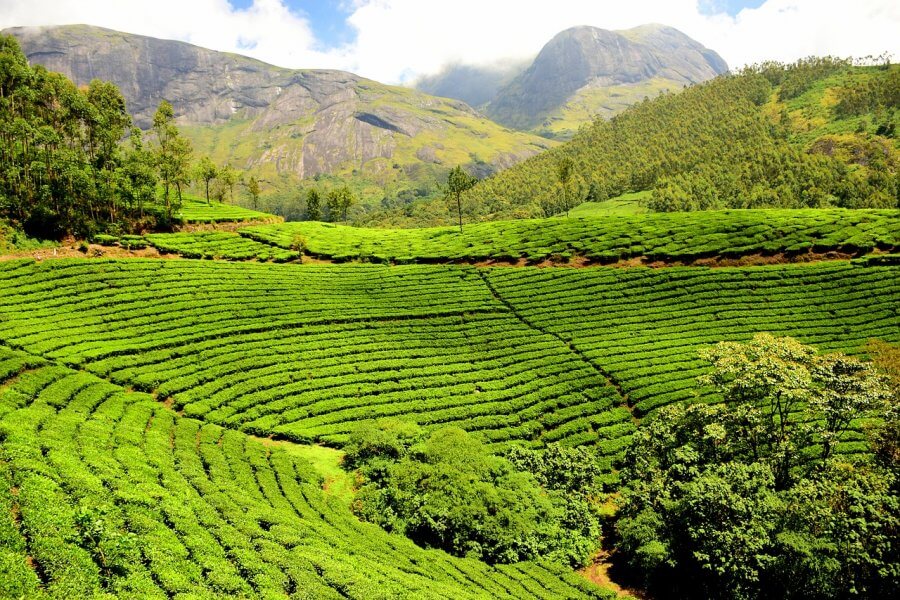
In India, which occupies a large area and is distinguished by significant vertical differentiation of the relief and different distances from the ocean, contrasts in the distribution of heat and moisture are pronounced. In general, the climate of the country is greatly influenced by monsoons. The altitude factor predetermined the cold climate of the high mountains in the north of India, while the temperate climate prevails on the low slopes of these mountains and on the plateau.
The resorts of North India are located in the altitude zone from 1500 to 2300 m. For example, in Darjeeling and Srinagar, the climatic conditions are comfortable throughout the year. Average monthly temperatures in Darjeeling range from 4 ° C in winter to 17 ° C in mid-summer, when the weather is moderately warm.
In many parts of Hindustan, the average air temperatures of the coldest month - January, 18-24 ° C, and the summer months - 24-29 ° C. However, the temperature often rises to 32 ° C during the day. On the northern plains, from West Bengal to the border with Pakistan, it is very hot in summer with average temperatures in Bengal reaching 29 ° C; they gradually increase as they move to the northwest and in May in Delhi reach 33 ° C. The average summer temperature in Amritsar (Punjab) is 34 ° C, in the Thar Desert (Rajasthan) - 32 ° –38 ° C, average winter temperatures there are 7-16 ° C.
Annual precipitation ranges from less than 100mm in the Thar Desert to 10,770mm at Cherrapunji Station in the Khasi Mountains, one of the wettest places on Earth. For Western India, the average annual precipitation is as follows: Punjab 400–500 mm, Thar Desert 50–130 mm, Saurashtra (Kathiyavar Peninsula) 650–1000 mm, the western coast of Hindustan more than 2000 mm and the eastern coast at the foothills of the Eastern Ghats 1300–2050 mm. Central India receives an average of 650-1300 mm of precipitation per year. In the northeast of peninsular India and in the flat north of the country, 1300–2050 mm fall, and in the eastern Himalayas and most regions of Bengal and Assam, more than 2000 mm.
Geography

India is located in the south of Asia on the Indian subcontinent between the headwaters of the Indus system in the Punjab in the west and the Ganges river system in the east. In the north, the country borders China, Bhutan and Nepal, in the northwest - with Pakistan, in the east - with Myanmar and the People's Republic of Bangladesh. In the east, India is washed by the Bay of Bengal, in the west - by the Arabian Sea, in the south - by the Indian Ocean.
India's length from north to south is about 3220 km, and from east to west - 2930 km. India's land border is 15200 km, and its sea border is 6083 km. Its area is 3287.3 thousand square kilometers.
The natural conditions in India are very diverse. In general, 3 districts can be distinguished on its territory.
1) Massifs of the Himalayas, located in the north of India. In translation, the name of the Himalayas means "the abode of the snows". The highest peak in the world is located here - Mount Chomolungma (Everest), which ascended 8848 m above sea level. But its neighbors are not inferior to their older sister, the height of 5-6 thousand meters is quite common in these massifs. The Himalayas stretch from east to west (from the Brahmaputra River to the Indus River) for 2500 km with a width of 150 to 400 km. The Himalayas consist of three main mountain ranges: the Sivalik Mountains in the south (800-1200 m), then the Lesser Himalayas (2500-3000 m) and the Greater Himalayas (5500-6000 m).
2) The Deccan Plateau on the Hindustan Peninsula with the adjacent coastal lowlands. The average height is 300 - 900 m. The Deccan is an arid hilly plateau bounded in the west and east by the Western (higher) and Eastern Ghats mountains. The rivers Mahanadi, Godavari, Krishna, Kaveri flow through the Deccan plateau in the direction from West to East, which become very shallow in winter. It is interesting that, according to modern concepts, the Deccan plateau was formed tens of millions of years ago as a result of the "swelling" of the earth's surface from the impact of an asteroid from the opposite side of the globe in the Gulf of Mexico (it was this catastrophe that was probably the cause of the extinction of dinosaurs).
3) Indo-Gangetic Plain, which occupies the central and eastern part of India, its area is 319 thousand square kilometers. Up to 250 million people live on the territory of the Indo-Gangetic Plain. This vast area stretches parallel to the ridges of the Himalayas.
The main rivers in India are the Ganges (2510 km), Brahmaputra (2900 km), Indus (2879 km). They are very rich in water and are used for shipping. Floods during the melting of glaciers are typical for the northern territories of the country.
Flora and fauna
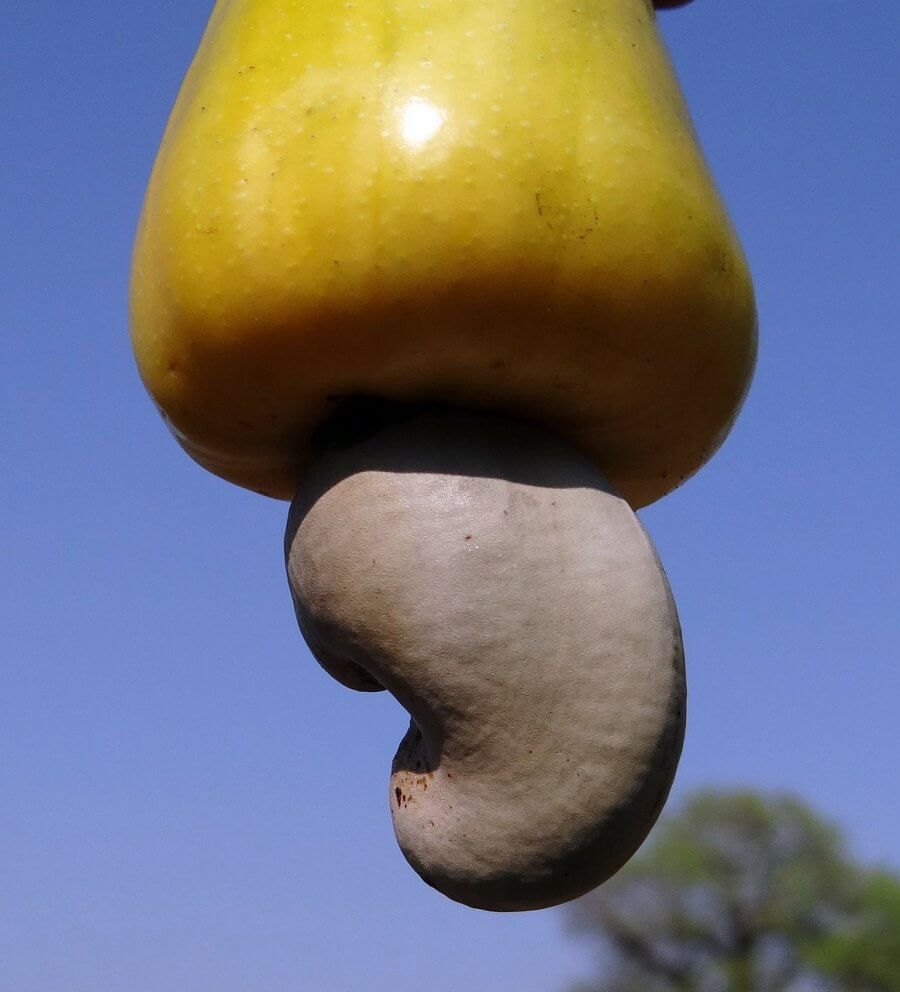
Vegetable world
The territory of India stretches almost 30 ° from north to south and covers an altitude range of approx. 9100 m, in addition, within its limits, the average annual precipitation in different regions ranges from less than 100 to more than 10,000 mm. Therefore, it is not surprising that the country's vegetation is very diverse.
Flora of India has more than 20 thousand species, many endemics. The forests of India are divided into two groups - tropical forests within Hindustan and temperate forests covering the slopes of the Himalayas at altitudes over 1500 m above sea level.
Animal world
The modern wild fauna of India numbers about 350 species of mammals, more than 1200 species and subspecies of birds and over 20 thousand species of insects. In recent decades, the number of many species of animals, especially large ones, has been greatly reduced. Of the large predators, the Asiatic lion has survived only in the Gir Forest National Park on the Kathiyavar Peninsula (Gujarat State); tigers and leopards are found in the Terai jungles, in the Assamo-Burma border zone and in the north of Hindustan. Hyenas, cheetahs and jackals are plentiful in the northern part of the country.
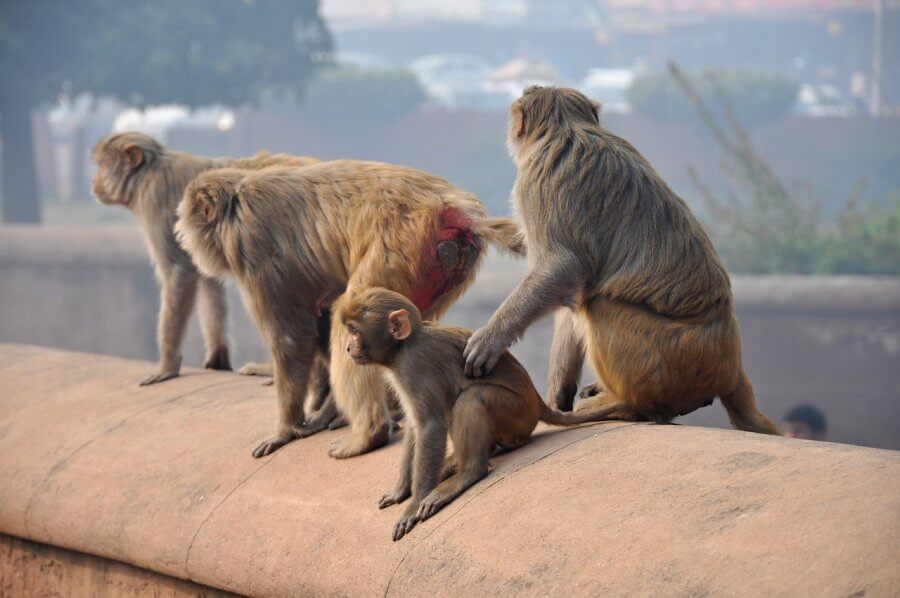
Wild herbivores include the Indian one-horned rhino, the largest Asian rhino, found in several national parks and reserves in Assam and West Bengal, and continues to decline even in these hard-to-reach areas. In India, in particular in the state of Assam, there are several types of deer: sambar (with antlers up to 100 cm long), axis, or chital, swamp deer, barasinga (its antlers have more than 14 branches), muntjak.
The fauna of the Himalayas is the most diverse. Musk deer live at the upper border of mountain forests. The Dachigam National Park (Jammu and Kashmir) is home to the black Himalayan bear, hangul (Kashmir red deer), and leopard. In the mountains in the northeast of the country (states of Manipur, Mizoram, Meghalaya and Nagaland), the Malay bear is found. In the highlands of the Himalayas, yaks and kulans are most adapted to the harsh conditions; snow leopards are occasionally found.
The smallest of the mountain sheep - Shapu, lives above the border of the forest on the steep, grassy slopes of Ladakh, the largest of the mountain sheep, the Nayan, is found from northern Ladakh in the west to northern Sikkim in the east, and among the rare ones - the Marco Polo sheep and kuku -aman, or blue goat. Alpine, or mountain, goat is common in the west of the Himalayas - in Kashmir and Ladakh. Markhor (or horned goat), tar, chiru (or orongo), dzeren, takin, goral also live in the mountains.
Among the smaller mammals, monkeys stand out.
In the forests of Assam, the only representative of the great apes in India is found - the hulok gibbon, or the white-browed gibbon. The most widespread monkey is the langur, or thin-bodied monkey. Monkeys and most other small animals, especially rodents, cause significant damage to agriculture. The exception is mongooses, which control the population of snakes, which are very numerous in India.
In the savannas of the Deccan plateau, gazelles, four-horned antelopes, hares, small rodents, Bengal cats, foxes, mongooses, hyenas, wolves, jackals, and leopards live. Deer (Zambars, Axis, Muntjacs), Gaura bulls, Lori semi-monkeys (south of the Godvari River), tigers, red wolves are typical for the Deccan rainforests, and for the most humid habitats - marsh deer, wild buffaloes and elephants. In the narrow, forested gorges of the spurs of the Western Ghats, elephants, gauras and such endemic species as the Nilgir langur monkey, the Silen macaque, the brown mongoose, and the Malabar civet are found. In the jungle of the Deccan there are tigers and sloth bears, hyenas, jackals. Of the Deccan's small animals, squirrels are remarkable - striped, or palm, and giant Malabar, from rodents - dormouse and musk shrew.
The avifauna is very rich, many species of birds are famous for their colorful plumage (Kramer's pink-winged parrots, red-headed weavers, black drongos, kingfishers, fruit-bearing pigeons, black-red larvaeaters, pink-cheeked bulbuls, golden-fronted leaflets). The species diversity and number of cranes (a rare black-necked crane, Indian antigonus crane, Egyptian herons, etc.), storks (Indian marabou, etc.), parrots, honey plants, ravens, waterfowl (pelicans, teals, ducks) are striking.
Banking roosters are the ancestors of domestic chickens, and the wild peacocks, often found in Central India, are mostly descendants of birds bred in the gardens of the Mughal rulers. The Indian starling, or myna, has spread over many tropical regions. There are vultures, kites and ravens. In winter, the number of birds almost doubles - birds from Europe and North Asia arrive for wintering.
In India, the reptile fauna is diverse. Cobras are found, including the largest poisonous snake in India - the king cobra, pythons and many other snakes (ribbon krait, or Bungar, coral snakes, Russell's viper, rattlesnake, or pit viper, snake, shield-tailed snakes, blind snake, egg snakes, ok . 25 species of snakes), geckos, chameleons, in the estuaries of the Bay of Bengal - crocodiles. In the waters of the Ganges and Brahmaputra, there are freshwater, or Ganges, dolphin susuk with a length of 1.8 m to 2.5 m and a crocodile Gangetic gavial up to 6.6 m long.
Among insects, centipedes and scorpions are numerous, but small insects, primarily termites, bring the main harm.
sights
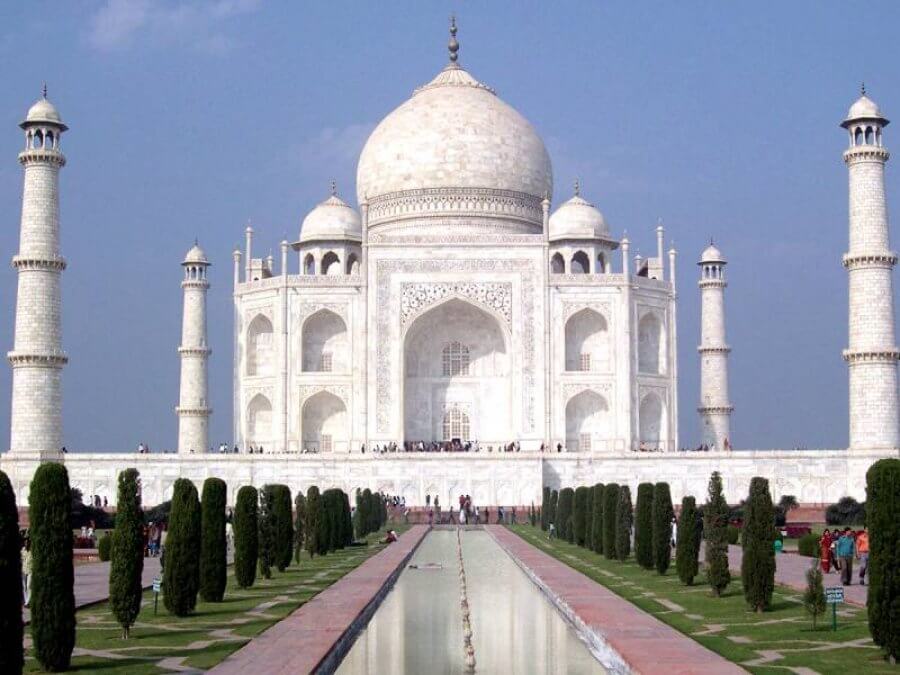
A country of one of the oldest civilizations in the world, the richest natural conditions and a warm climate, India simply cannot fail to attract the attention of millions of tourists. The majestic Himalayas and mysterious Tibet, the sacred river Ganges and the tropical forests of the Western Ghats, dozens of seaside resorts and the "golden triangle", numerous monuments of past centuries and a huge number of museums, all this is the national pride of this country.
On weekdays, banks are open from 10.00 to 14.00, on Saturday - from 10.00 to 12.00. There are branches that are open in the evenings or on Sundays. All banks are closed during public holidays and on June 30 and December 31.
In major cities, you can use a credit card. The most common are Master Card, Visa International and American Express.
Useful information for tourists
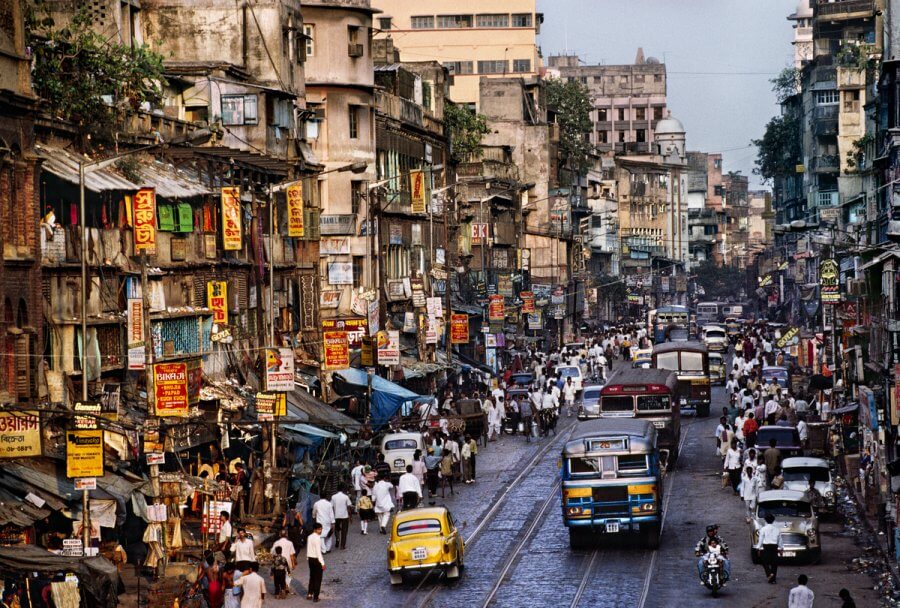
India attracts tourists with exoticism and cheapness. On the streets, in gardens, parks and on the roads of any city in the country, animals are walking peacefully, ignoring motorists.
The abundance of shops, stalls and shops makes a stunning impression on tourists. You can buy almost everything here. It is customary to bargain in India, but not in the same way as in Arab countries. Here they seek a discount on the goods according to the so-called Dutch scheme: the price named by the merchant is gradually reduced with the uttering of the magic word "expensive". In the process of bargaining, intonation and gestures are of great importance. If a Hindu agrees, he shakes his head from side to side; if not, he nods from top to bottom. Paper money - rupees - can be dirty and worn. If the bill has holes, it will be accepted for payment, but if the corners or edges are torn off, it must be replaced.
Any place where you can eat is called a restaurant. After the meal, the waiter brings the bill and puts it face down. It is accepted to pay for it in a large bill exceeding the cost of lunch. It is customary to give 10% of the total bill for tea. Food in India is incredibly cheap. Hinduism prohibits the use of alcoholic beverages, so they are not served in the restaurant, but in some establishments it is allowed to bring with you. On Fridays, India is prohibition and alcohol is not available for any price.
Handshaking is not accepted in India. Instead, the Hindus use a traditional gesture: they raise their joined palms to the chin, as if for prayer, and shake their heads with the words: "Namaste." Thus, local residents welcome not only each other, but also their guests.




